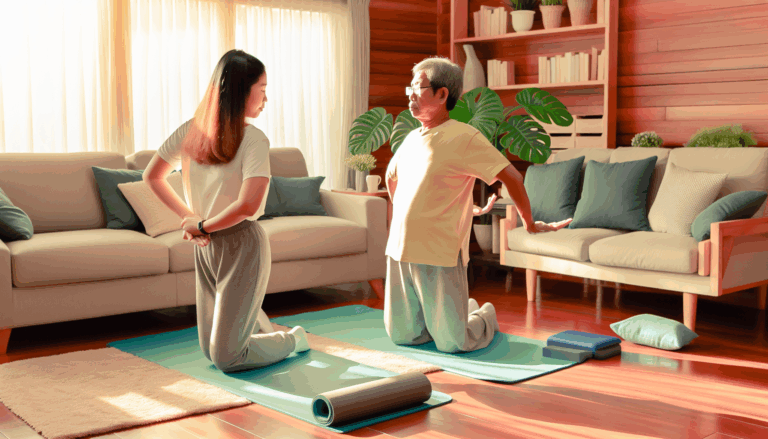The Power of Regular Exercise for Home Health Care Patients
Looking after your health when staying at home, whether as a patient or elder, can seem challenging. One of the most effective ways to maintain well-being is through regular exercise. This article aims to highlight the benefits of maintaining a consistent exercise routine and suggest some safe and simple exercises that could be done at home.
The Importance of Exercise
Exercise is a crucial component of a healthy lifestyle, and its benefits are manifold. It builds strength, flexibility, and endurance, and helps maintain a healthy weight. It also has profound effects on mental health, helping to reduce stress, improve mood, and promote better sleep. Home health care patients, especially those with chronic conditions, can see their health improve as they engage in regular exercise.
Consistency is Key
The first step towards starting an exercise routine is merely deciding to start. Regularity is crucial; consistency can bring progressive improvements in physical and mental well-being. It’s not about how quickly you can see the results; it’s the long-term benefits that counts.
Suggested Exercises
Before starting any exercise routine, it’s essential to consult with a healthcare provider or physical therapist. Here are several exercises generally safe for most people:
- Seated Leg Raises: While sitting on a chair, straighten one leg and hold for 5 to 10 seconds. Then lower your leg and repeat with the other side.
- Marching in Place: Stand tall and bring one knee up towards your chest, then lower it. Repeat the movement with your other leg. If needed, you can use a wall or chair for balance.
- Arm Curls: Holding weights or a water bottle in each hand, bend your elbows and lift your hands towards your shoulders, then lower them back down.
Take It Easy
For patients with chronic diseases or mobility issues, it’s essential not to push too hard. Listen to your body and stop if you feel faint, dizzy, or experience any severe discomfort. Modify the exercises to suit your abilities and always prioritize safety.
Remember that starting small can lead to giant strides in the long term, all contributing to improved overall health. Food habits, medication, and rest are equally important for a holistic approach to home health care.
Conclusion
Exercise is a powerful tool for home health care patients. Regular, safe physical activity can enhance overall well-being and improve both physical and mental health. With your doctor’s approval, incorporating just a few exercises into your daily routine could lead to substantial benefits. So, let’s all take that first step today towards a healthier tomorrow.
Remember, the journey of a thousand miles begins with one step!



